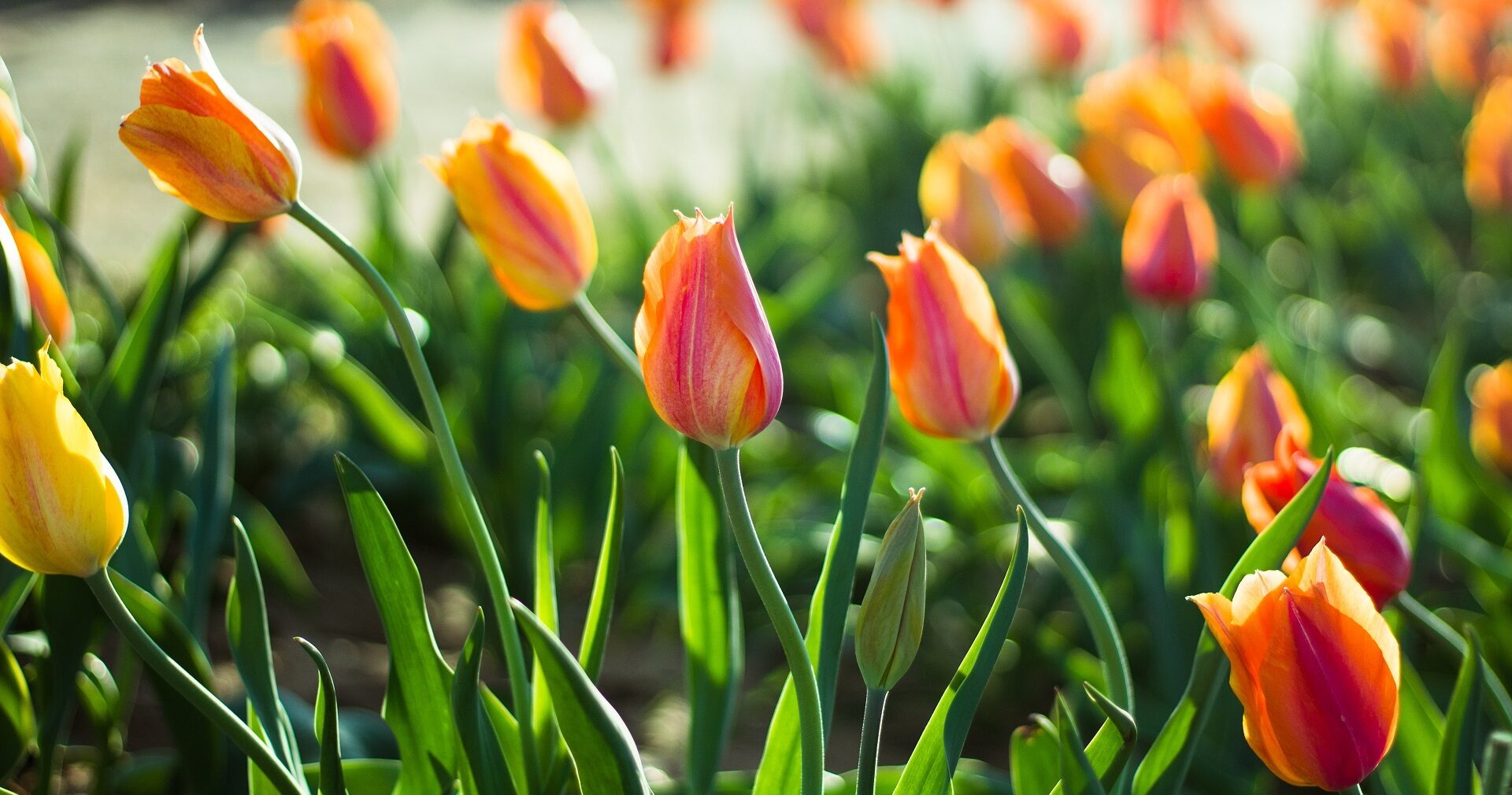‘It was the best of times, it was the worst of times.’ This iconic opening line in Charles Dickens’ novel A Tale of Two Cities has been interpreted many ways since the Victorian writer put pen to paper. But there is no denying, that at its core, it speaks of a time of contrasts. A time of profound change, when hope and hopelessness dwelled side by side. When positivity competed with despair, and when light and darkness duelled for supremacy.
The Covid pandemic was a time of such opposites. Whilst we struggled to comprehend the gravity of the situation, we escaped the enormity of it by looking inwards, and re-evaluating the lives we had led up to that point. Suddenly the fripperies and excesses that had enticed us for so long became transparent, as we looked past them and noticed the things that really mattered. We untangled our lives, perhaps only temporarily, stripping away all that was unnecessary and returning to a life of simplicity. We baked. We read books. We noticed the world around our doorsteps. We got to know our neighbours. And, perhaps most surprisingly, we rediscovered our gardens.
A survey by The University of Surrey found that 60% of the population visited their gardens at least once a day during the first lockdown. In other research conducted by the mental health charity Mind, over 7 million people have benefited from taking up gardening since the start of the pandemic. Finally, according to statistics analysed by GlobalData, gardening was the second most favoured pastime after watching television. But as life returns to normal, there is a lingering question that is still in need of an answer. Is this new appreciation of gardening a blip, or is it here to stay?
In the weeks that followed the first lockdown announcement, most online seed retailers reported record sales figures. According to Forbes Magazine, garden expenditure increased by 77% between April and June 2020. Sutton’s Seeds, one of the biggest seed suppliers in the UK, saw sales figures 20 times higher than the previous year. And the numbers continue to soar with the company reporting a 100% increase on sales again this year.
Social media played its part too. Accounts that offered gardening tutorials grew rapidly as novice and reticent gardeners turned to the plethora of ‘How to’ videos and online demonstrations to seek support and advice. Within the first 100 days of the initial lockdown, the Royal Horticultural Society recorded 15 million visitors to their website, compared with the 20 million visitors recorded for the whole of 2019. All of which would suggest that there was definitely something in the hose water!
We also sought solace and comfort through televised gardening programmes too. Gardeners’ World is undoubtedly a British institution. First aired in 1968, it is now in its 53rd season. Viewing figures for the BBC2 programme rocketed to 2.7 million - the highest recorded ratings in over 10 years. By June 2020, 3.8 million people were tuning in to Longmeadow every Friday evening.
BBC Scotland played its part too. Beechgrove, Scotland’s flagship gardening programme drew in over a million people when it first aired in April 1978. Remarkable when you consider that this figure accounted for a quarter of the country’s population at the time. In order to keep the spirits of the nation up during the lockdown, the Beechgrove presenters temporarily closed the gate on the garden in Aberdeenshire and continued to film from their own homes and gardens. One of the show’s presenters, Brian Cunningham, is Head Gardener here at Scone, and like his co-presenters, he too lifted our spirits and inspired us with tips and projects from his home here on the estate.
And it didn’t matter how much space you had. Presenters from both television shows were encouraging us to turn any old tub, bag, pot or crate into a vegetable or flower garden. Suddenly, the concept of ‘grow your own’ was no longer the fanciful idyll promoted in country-based lifestyle magazines, it was a practical diversion, and one that made us feel good about ourselves.
In recent years, we have begun to ask questions about where our food is from. As environmental concerns become ever more worrisome, we are learning to eat more seasonally and locally. The term ‘food miles’ has become commonplace, with most of us looking to see how far the food we choose to buy has travelled. And yet, when we sit down to eat our locally-sourced meat and our seasonal British vegetables, how much attention are we giving to the jug of flowers in the middle of the table? We may have embraced food miles, but what about flower miles? According to DEFRA (Department for Environment, Food and Rural Affairs), only 14% of cut flowers bought and used in Britain are homegrown. The remaining 86% are mostly imported from the Netherlands, with Africa and South America becoming significant suppliers too.
It is believed that 50% of British households bought cut flowers in 2021, most of which were purchased in a supermarket alongside the weekly food shop. But there is a discernible change in the air. The gentle wind blowing over the flower farm has changed direction and is heading home.
Here at Scone Palace, depending on the season, nearly all of the flowers used for events and displays are grown within the palace’s gardens. Pauline, who has worked as Lady Mansfield’s private gardener for over 14 years, arranges the flowers for both the palace and the private apartments. In her opinion, gardeners are naturally intuitive florists, as they understand seasonality and know what goes well together. After all, a bouquet is in essence a portable flower bed. Pauline’s arrangements, which can often be seen in the coffee shop, offices, state rooms and entrances, are all unique. She combines seasonal shrubs with wildflowers, cut flowers and often herbs too. They are exquisite in their informality, paying homage to the increasing trend for a more garden gathered look.
Pauline has also worked on the floral arrangements for various family weddings too. Last year, she helped to design the floral scheme for Viscount Stormont’s wedding to Miss Charlotte Clune. Knowing that the future Viscountess was from Connecticut in the United States, she incorporated the foliage of Calico, the national flower of the American state. To this, she added dahlias such as David Howard, Blue Bayou, Thomas Edison and Palmares Salmon. In total, 60% of the flowers and foliage used for the Viscount’s October wedding were grown and picked from the gardens of Scone. Two months earlier, for the wedding of Lady Iona, nearly 80% of the flowers were sourced from the estate. The table decorations were filled with homegrown and locally procured dahlias and foliage.
In recent years there has been a growing trend in homegrown wedding flowers, as brides seek individual arrangements that are not predetermined by someone else’s aesthetic. Bouquets created from flowers grown in the gardens of loved ones brings a personal and nostalgic sentiment to the occasion. And as the demand for fresh British seasonal flowers continues to grow, we are all learning and appreciating the art and ethical importance of cultivating our own, whether for an event or simply for the kitchen table.
This month, Scone Palace threw open its gates and held its inaugural Garden Fair. Set within the 100-acre gardens, the fair welcomed specialist plant nurseries, each of whom were on hand to offer advice from planting schemes to plant care. Thirty two stalls lined the ancient avenue; offering everything from fruit trees to vegetables, and even tips on flower arranging. Discover Scottish Gardens and Scotland’s Garden Scheme were also in attendance, helping visitors uncover the many gardens, woodlands and plant nurseries across the entire country. The event also raised £3,555.00 for local charities Mary’s Meals, Siobhan’s Trust and Scotland’s Garden Scheme. But the gardens at Scone Palace can be enjoyed nearly all year round. Throughout the seasons, they provide inspiration to gardeners old and new, showcasing a variety of seasonal flowers, trees and shrubs. In fact, in a recent survey carried out by Essential Living, the gardens at Scone were ranked the 7th best gardens to visit in the United Kingdom.
Brian Cunningham, our Head Gardener was on hand to answer questions, and of course, to pose for pictures too! The avenue bustled with over 4,000 visitors of all ages, carrying armfuls of potted goodies and accessories, waiting to see what the summer months will bring to their own patches of paradise. Because that’s the thing about gardening, it brings with it the feeling of anticipation, the certainty that there is more time ahead of us. As Audrey Hepburn once said, “To plant a garden is to believe in tomorrow”. And after the past two years, that’s a sentiment that we seem happy to invest in as our renewed love for gardening and growing our own produce shows little sign of waning anytime soon.
If you’d like to read more about the surveys mentioned in this blog, please click on the links below.
https://www.dailyrecord.co.uk/scotland-now/four-best-scottish-gardens-you-27231743
Other News
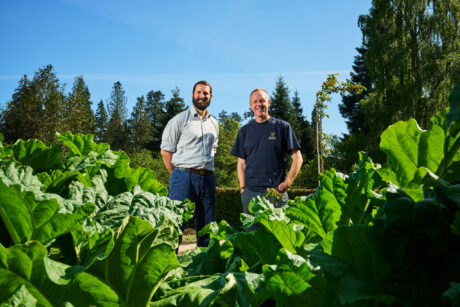
Garden Lovers Invited to Vote in UK First at Scone Palace Garden Fair
14th May 2025
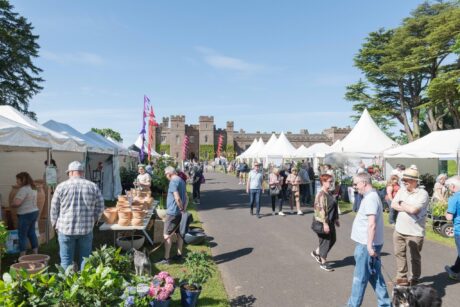
Top Five Must Do Activities at Scone Palace Garden Fair
13th May 2025
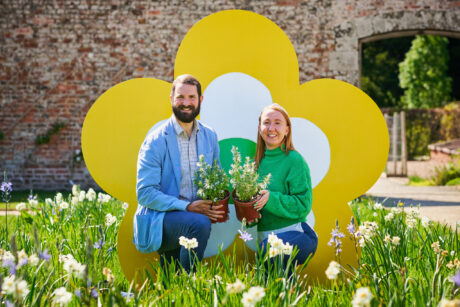
Dobbies Garden Centres Joins the Scone Palace Garden Fair
12th May 2025

The Crowning Place of Scottish Kings
04th May 2023
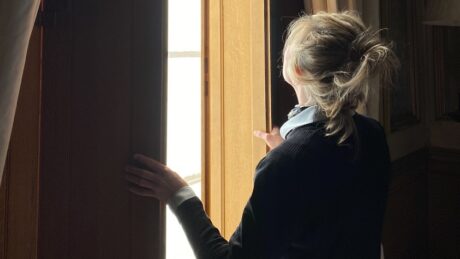
The Palace Awaits
29th March 2023
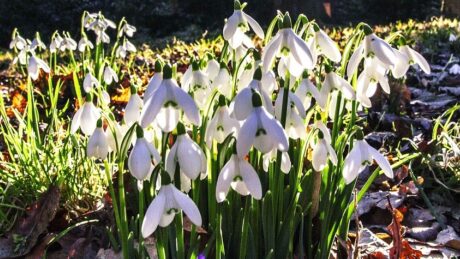
Snowdrop Festival
26th January 2023
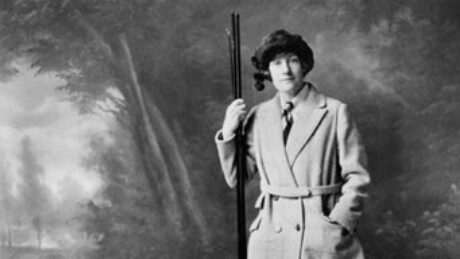
Georgina Ballantine’s Giant Catch
14th October 2022

Man's Best Friend
01st September 2022
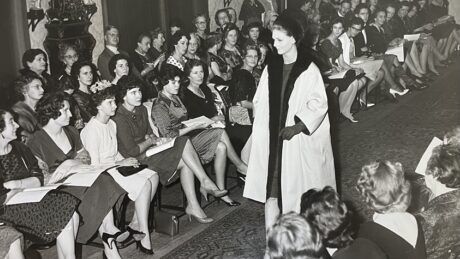
Scotland, Scone and Fashion
01st June 2022
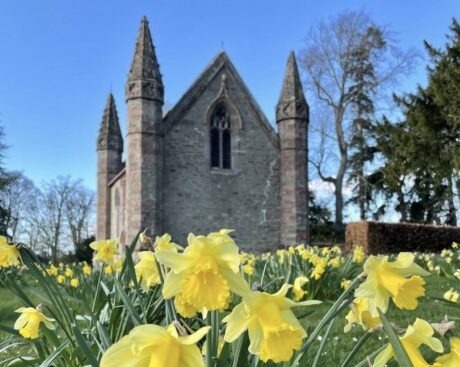
The Celebration of Easter
19th April 2022
